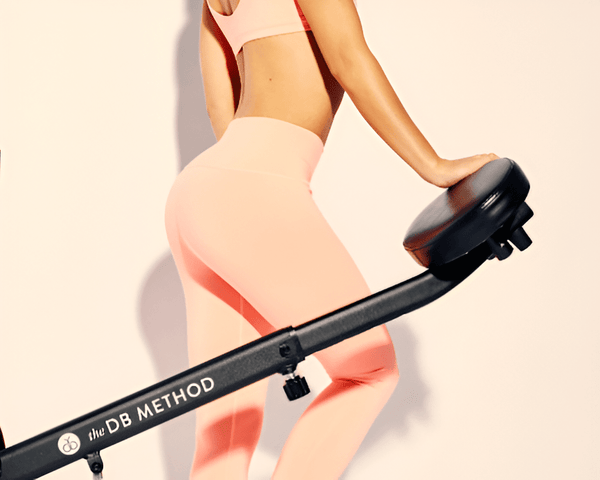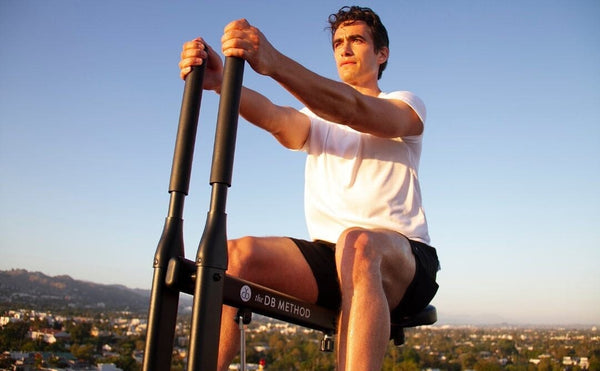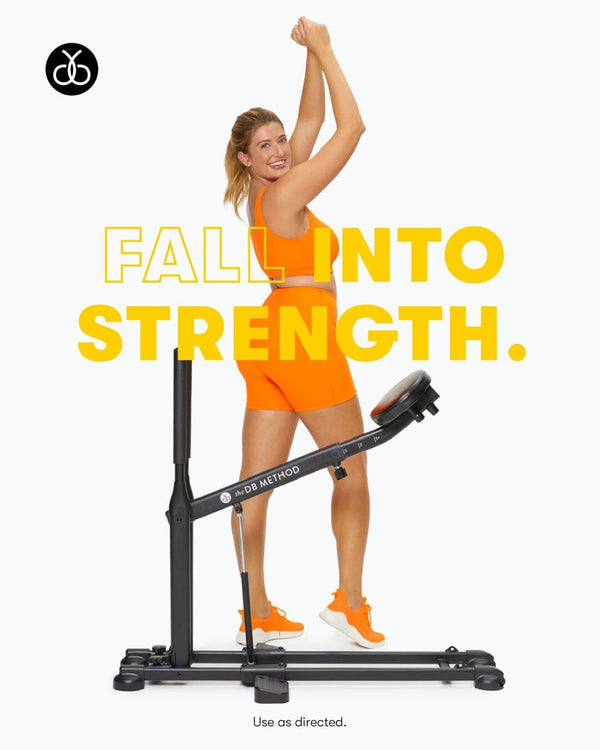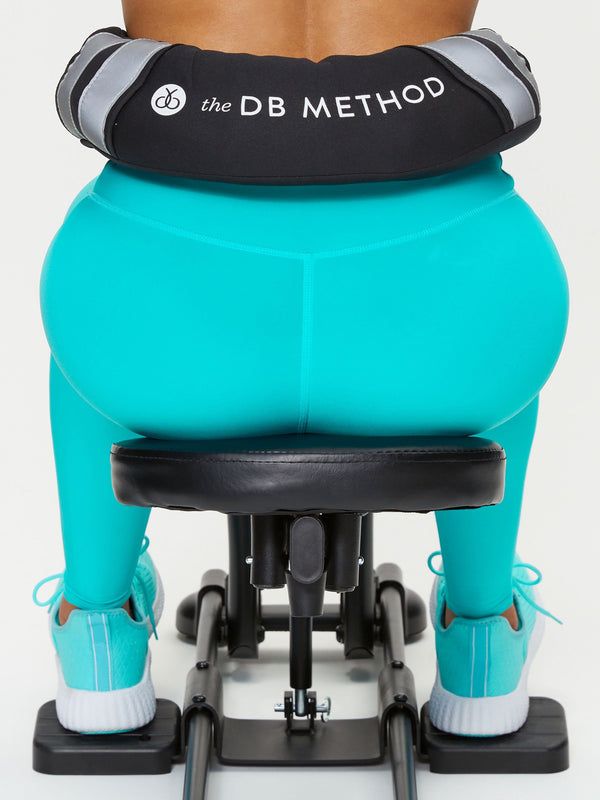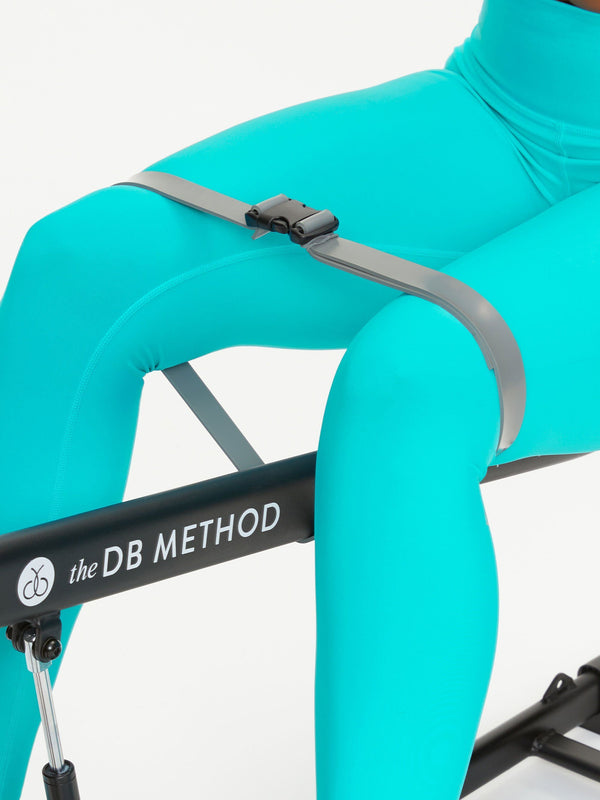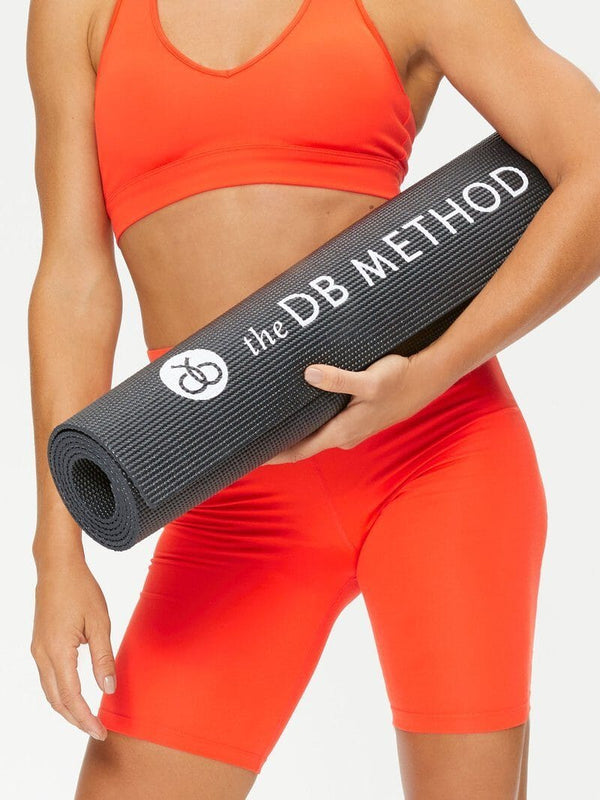Having proper form while doing squats helps you strengthen your calves, hamstrings, and glutes without sacrificing safety or effectiveness, but that isn’t all. Having proper squat form lets you hyperfocus on specific muscle groups like your glutes, calves or thighs to increase, tone, and shape them to your needs, as long as your genetics allow for muscle growth.
Even if your genes make it so that you are not meant to have a big booty, that doesn’t mean squats cannot be effective for you. You can modify the types of squats you do to give you a full core and ab workout. And this comes in handy when it's too cold or rainy to go outside for a run, or to the gym.
This all starts with a classic squat to build the foundation for more advanced versions.
Here’s how to keep proper form with a classic squat:
- Stand with your feet shoulder width apart.
- Keeping your face forward and chest high, start bending your knees and allow your butt to move backwards like you’re sitting.
- While you move downward, keep your knees facing forward and thighs parallel until your knees reach a 90 degree angle.
- Now use your hamstrings and glutes to bring yourself to the standing position with your feet shoulders width apart.
If you’re struggling to do a classic squat, try using our squat machine. It will provide you with assistance so your body can learn how to keep proper form while doing the motion, and as you advance and need more of a challenge, you can add resistance.
Now that you know how to hold proper squat form, here’s variations for focusing on your:
Calves
The Bulgarian split squat is perfect for working your calves. Because you are using one leg at a time, the unilateral movement is able to work your calves more than a bilateral squat.
- Stand about one long step in front of a bench or chair that’s about knee height.
- Place one foot (or just your toes) on the bench behind you.
- Inhale, look forward, and bend your front knee until your torso is as straight and upright as possible and your front knee is behind your toes.
- Keeping your hips squared and forward and your back straight, lower yourself into a deep lunge until your front thighs are parallel to the ground.
- Reverse the movement and extend your front leg again, while exhaling.
- Inhale at the top and repeat.
Hamstrings
Low bar squats are a deep squat in which your hips sit back more than traditional squats. And the deeper you squat, the more your hamstrings are worked, as long as your keep proper form while doing the squat.
- Set up a barbell on a squat rack at armpit height with as much weight as you can handle to use your hamstrings as much as possible.
- Hold the barbell slightly wider than shoulder width and squeeze your shoulder blades together.
- Place your pinched shoulder blades underneath the barbell.
- Stand up with the barbell and step out of the rack.
- Now stand with your feet shoulder width apart and your feet turned out 15-30 degrees.
- Take a deep breath, and bend your knees to push your hips back and allow your butt to move backwards.
- Keep lowering yourself to just below parallel.
- Drive your knees out while keeping your chest up to go back to your starting position.
Glutes
The wide stance of sumo squats, plus your foot positioning, allows you to target your glutes as you lower your body. There’s a full range of motion with the sumo squat, and proper form will help you work your booty.
- Stand with your feet slightly wider than shoulder width apart, your toes pointed outward at 45 degrees, and your hands out in front of you.
- Push your butt back, bend at your hips, and bend your knees to lower into a squat.
- Continue to lower yourself as low as you can go.
- Drive into your heels and squeeze your glutes to extend your knees and hips to go back to the starting position.
Quads
Holding proper squat form with sissy squats focuses on knee loading and less on your glutes because your hips remain fixed. This gives you one of the best ways to isolate and target your quads.
- Stand with your feet shoulder width apart with your heels raised on a block or a step that is around 3” high and your toes pointing forward.
- Roll your shoulders back and down, squeeze your core, and put your hands on your hips.
- Slowly bend your knees and squeeze your glutes, hamstrings, and core.
- As you lower your knees toward the ground, push your upper body backwards, so there is a straight line from your knees to your neck.
- When you can’t lower your knees any further, drop your heels back toward the ground.
- Hold for 3 seconds.
- With your weight in the ball of your foot, push back to your starting position.
Having proper squat form allows you to work all the major muscle groups of your legs, and if you add a twist at the top or weights, you can burn calories and work your core.


